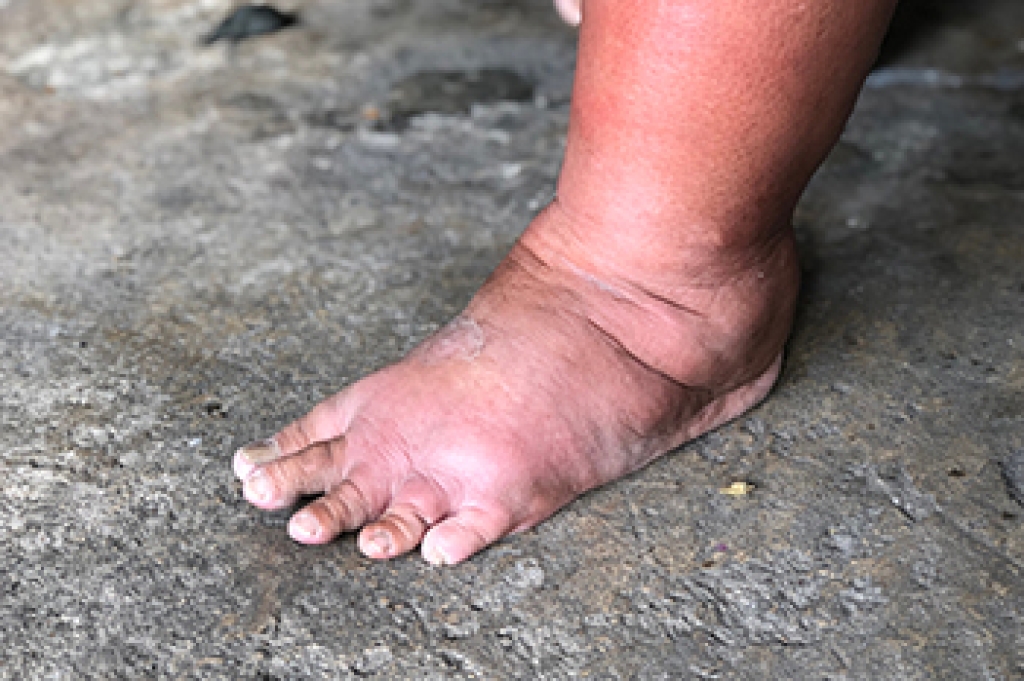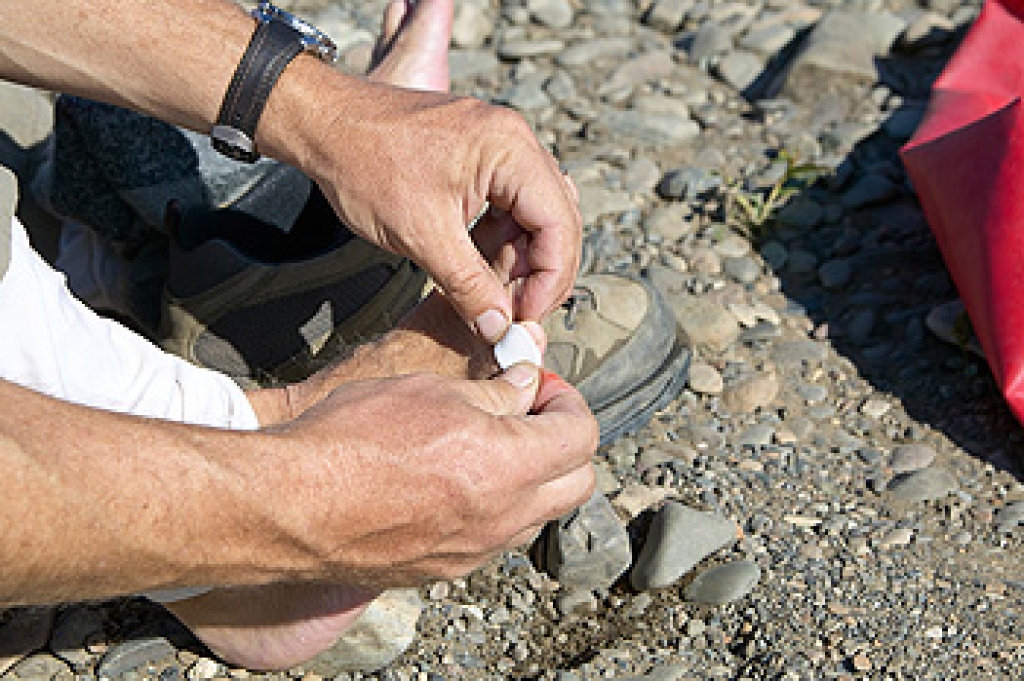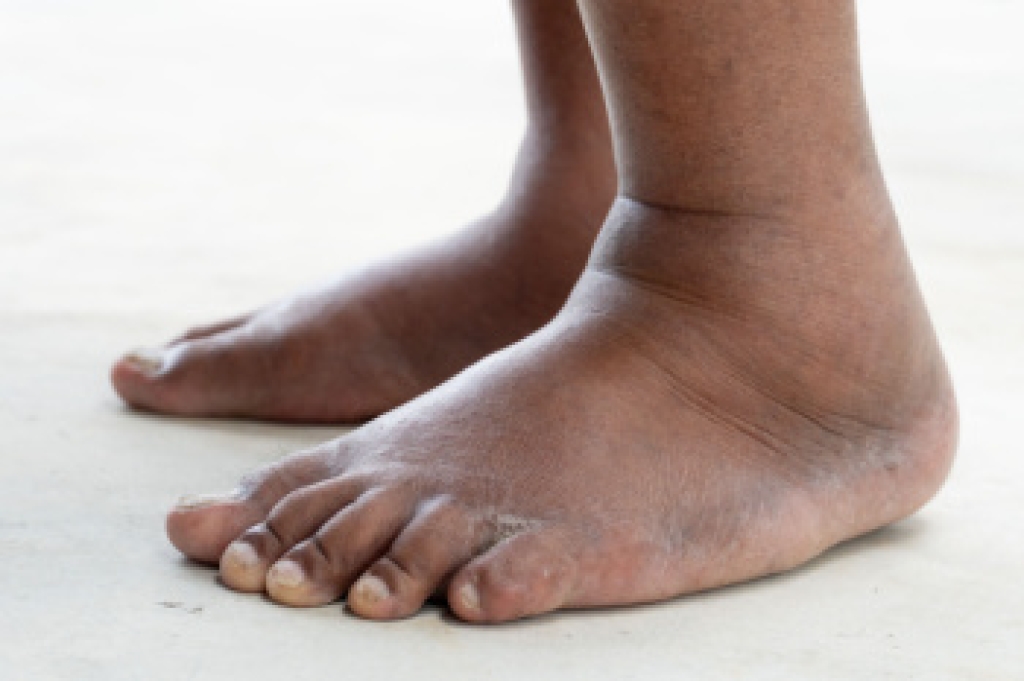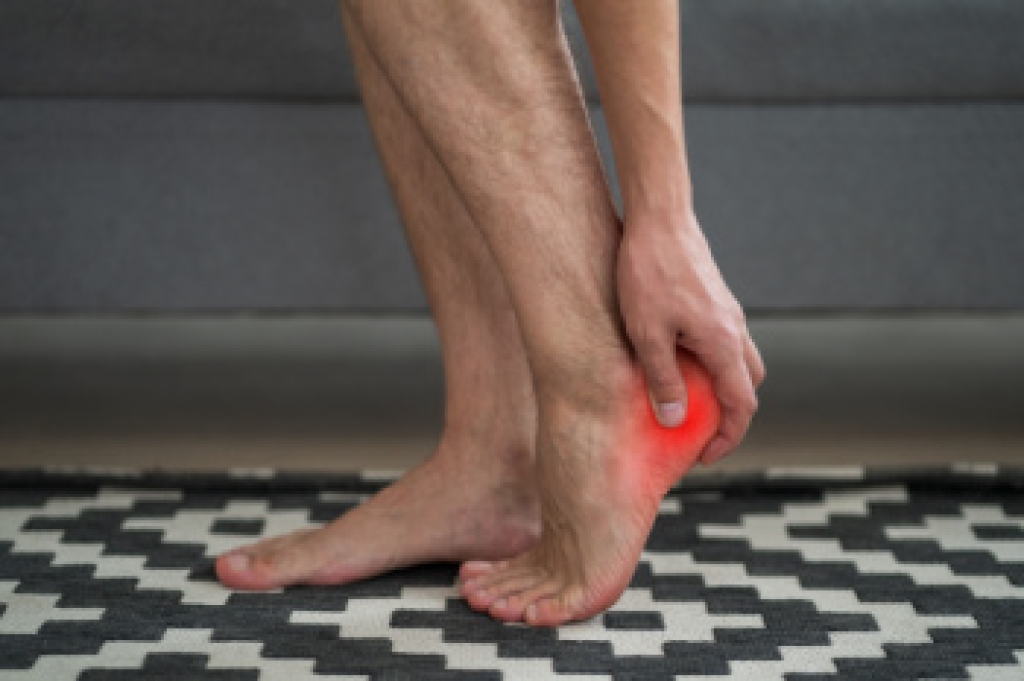
Swollen feet can signal circulation problems, fluid buildup, or underlying inflammation caused by diabetes. The feet may look puffy, shiny, or discolored, and the skin may feel tight or tender when pressed. Symptoms include aching, heaviness, reduced mobility, or warmth in the affected areas. Causes often relate to poor blood flow, nerve damage, infection, or prolonged standing. Because swelling can make it difficult to notice cuts, blisters, or pressure points, the risk of complications increases without proper care. A podiatrist can begin with a thorough examination to assess circulation, nerve function, and skin integrity while identifying what may be triggering the swelling. Treatment may include compression guidance, footwear recommendations, wound care if needed, and strategies to improve daily foot protection. Ongoing monitoring is essential for preventing ulcers and maintaining overall foot health. Because early attention is vital for long term safety, it is suggested that you are under the care of a podiatrist who can help you to manage this serious condition.
Diabetic foot care is important in preventing foot ailments such as ulcers. If you are suffering from diabetes or have any other concerns about your feet, contact Mark Isenberg, DPM from Center for Podiatric Excellence. Our doctor can provide the care you need to keep you pain-free and on your feet.
Diabetic Foot Care
Diabetes affects millions of people every year. The condition can damage blood vessels in many parts of the body, especially the feet. Because of this, taking care of your feet is essential if you have diabetes, and having a podiatrist help monitor your foot health is highly recommended.
The Importance of Caring for Your Feet
- Routinely inspect your feet for bruises or sores.
- Wear socks that fit your feet comfortably.
- Wear comfortable shoes that provide adequate support.
Patients with diabetes should have their doctor monitor their blood levels, as blood sugar levels play such a huge role in diabetic care. Monitoring these levels on a regular basis is highly advised.
It is always best to inform your healthcare professional of any concerns you may have regarding your feet, especially for diabetic patients. Early treatment and routine foot examinations are keys to maintaining proper health, especially because severe complications can arise if proper treatment is not applied.
If you have any questions, please feel free to contact our office located in Pensacola, FL . We offer the newest diagnostic and treatment technologies for all your foot care needs.




